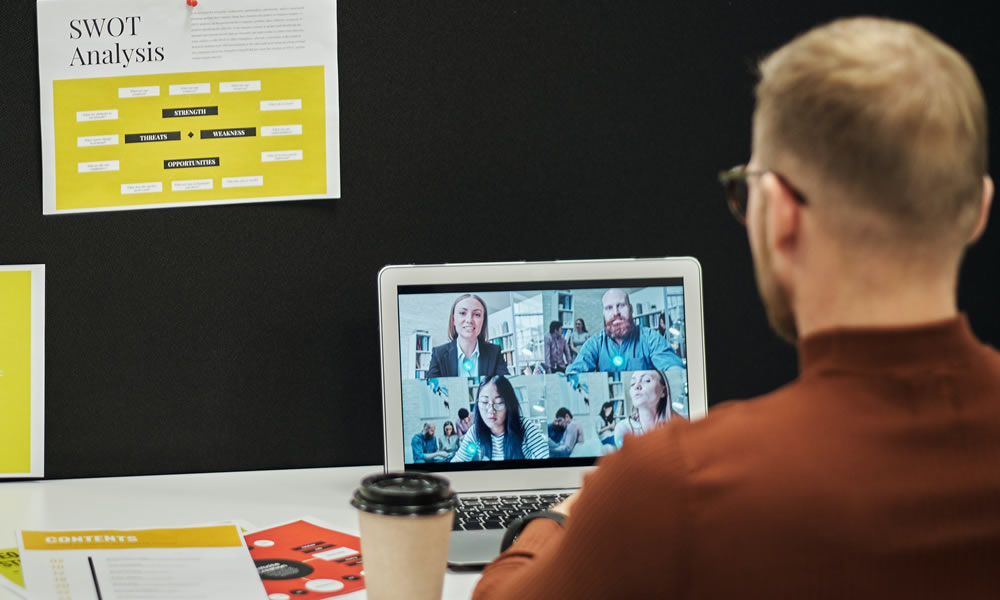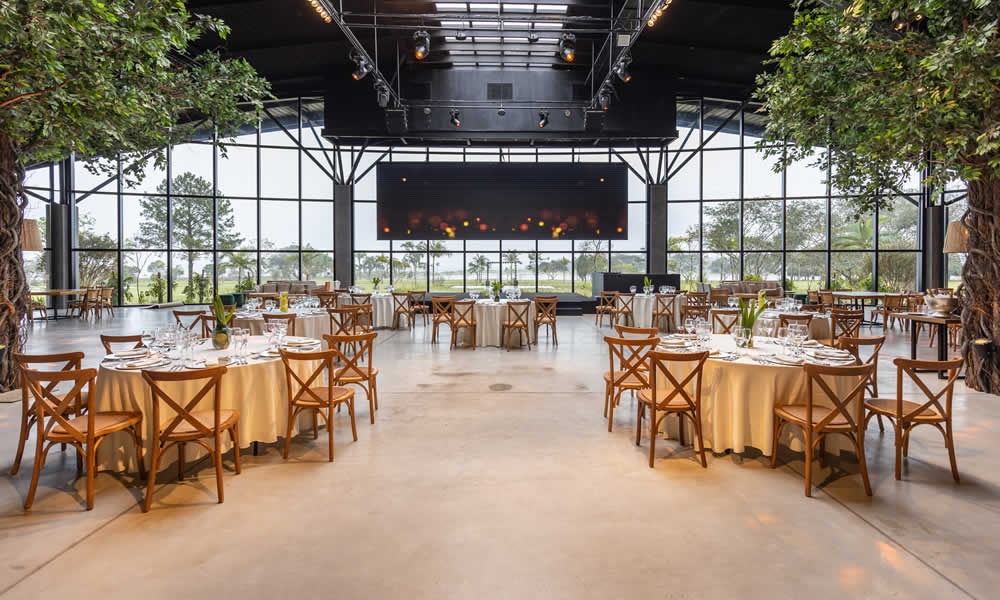Future Of Online V In-person Events V Both (pt2)

The quick read summary...
I missed out the hybrid option in the last piece, so what's the future for that format? Is it a viable alternative, again it depends. Suppliers prefer in-person, organisers prefer in-person but the majority of attendees prefer the convenience of online according to the stats we've collected. That said, some attendees are ardent supporters of in-person, but that could mean just attracting the same old audience every time. To bring your presentation or product to someone new, hybrid may be the best option.
Does in-person have a future?
In the previous piece, I compared online with in-person but didn't include using both for an event, the hybrid option. It's very difficult to do, at least, it's difficult to do effectively. At this point, I can recommend viewing some of the Royal Television Society's excellent webinars. These were broadcast during the various lockdowns and many of them by professionals, but this is a side issue and one I'll return to later on.
Is hybrid a viable alternative: it depends
Back to the main issue, is hybrid a viable alternative to in-person? And the answer depends on so many factors. If you're thinking of attending an in-person event, either for business or leisure, the reasons for turning up have changed from before the pandemic locked everything down. However, there is still a demand from suppliers; Marketing Charts discovered that 68% of B2B marketers say that in-person events generate the most leads.
For the attendee though, there are still the considerations like:
- does it fit your aims
- does the price point match your perceived value of the event
- ditto for the cost of travel
- are you comfortable being in the company of others post lockdown
From an organiser's point of view, these points need to be taken into account along with the danger that you may not be reaching your target market because exhibitions may not suit the introvert personality type.
Is your message compelling enough for new audiences?
The last point is important because your event may just be attracting like minded people and your message may not be compelling enough to draw in potential, but shy, customers who would like to listen to your speakers/visit your exhibitors, but the whole thing might just be too overwhelming. The same might apply to those struggling with funding or those with caring responsibilities. In essence, your in-person event may be attracting sales people who will talk to sales people on the exhibition stands, leaving out potential customers. As we came out of the pandemic, we all saw the advantages of having a hybrid option for meetings and conferences, especially the environmental ones with the addition that you could capture your prospect.
The threshold that motivates attendance has risen
We've found that the option of 'getting out of the office' is no longer an excuse; WFH is an accepted practice amongst many companies. People no longer feel that they are tied to the office desk leading to the excuse to get out and visit a client/exhibition/anything as long as it take them away from the office for a few hours, which means that the exhibition needs to fulful a different need. It should satisfy a desire for educational or experiential moments rather than just removing attendees from the mundane, so the threshold for attending has gone up. But this is also helpful as it means your audience is self-selecting - they really want to be there, rather than using the event as an escape route or an opportunity to get home early.
Networking has changed as well
Since the pandemic, getting out of the office is not the only thing that has changed, networking has as well, partly due to the speedy uptake of technology. Millenials are so comfortable with tech that the thought of networking in person is horrifying to some of them and younger millenials tend to use image led social media rather than older ones. If your event is built on the younger market, then you may find the new entrants into the industry aren't there, or they attend and network on their phones instead of face to face, using LinkedIn Find Nearby or equivalents.
Hybrid sounds simple but is not so easy in practice
An alternative is hybrid, which looks and sounds simple but is difficult. Think of broadcasting a football match and that's how complicated it can be. Not only do you have to organise the in-person aspect of the event but also the online. The online being the filming and sound technology, a separate host to keep the link going between the online audience and the event's action. Getting it right is difficult but well worth it in terms of the afterburn, with most of content being viewed again within a 10 day period post event.
The recording can be used in so many different ways, a short item made into marketing for your next event, short clips for social media, watch again which is hugely popular. From research, 68% of UK adults watch an online video each day and 53% of adults want to see more video content from brands/businesses they support.
But if you are going down this route and you are having to film the event yourself, I would recommend the Royal Television Society's webinars that are linked above. They outline the best kit and the best techniques for your film.
It depends on your audience
So, what's the future for hybrid v in-person events v online events. It all depends on your audience and what they want to gain from your event; it's horses for courses. Hybrid is successful with people who have caring duties, cannot travel or prefer to not travel because of environmental reasons. In-person allows extroverts to network with suppliers and presenters but also provides an audience with an experiential event, one that they can take memories away with them, until the next time.
Resources
- https://rts.org.uk/tags/webinar and look at thae RTS Futures pages as well
- https://findstack.com/webinar-statistics/ WATCH AGAIN FIGURES
- https://vimeo.com/blog/post/virtual-event-statistics/
- https://sproutsocial.com/insights/new-social-media-demographics/
- https://www.targetinternet.com/resources/how-different-age-groups-are-using-social-media
- https://takenote.co/online-video-statistics/
- https://blog.hubspot.com/marketing/content-trends-preferences







Leave a comment